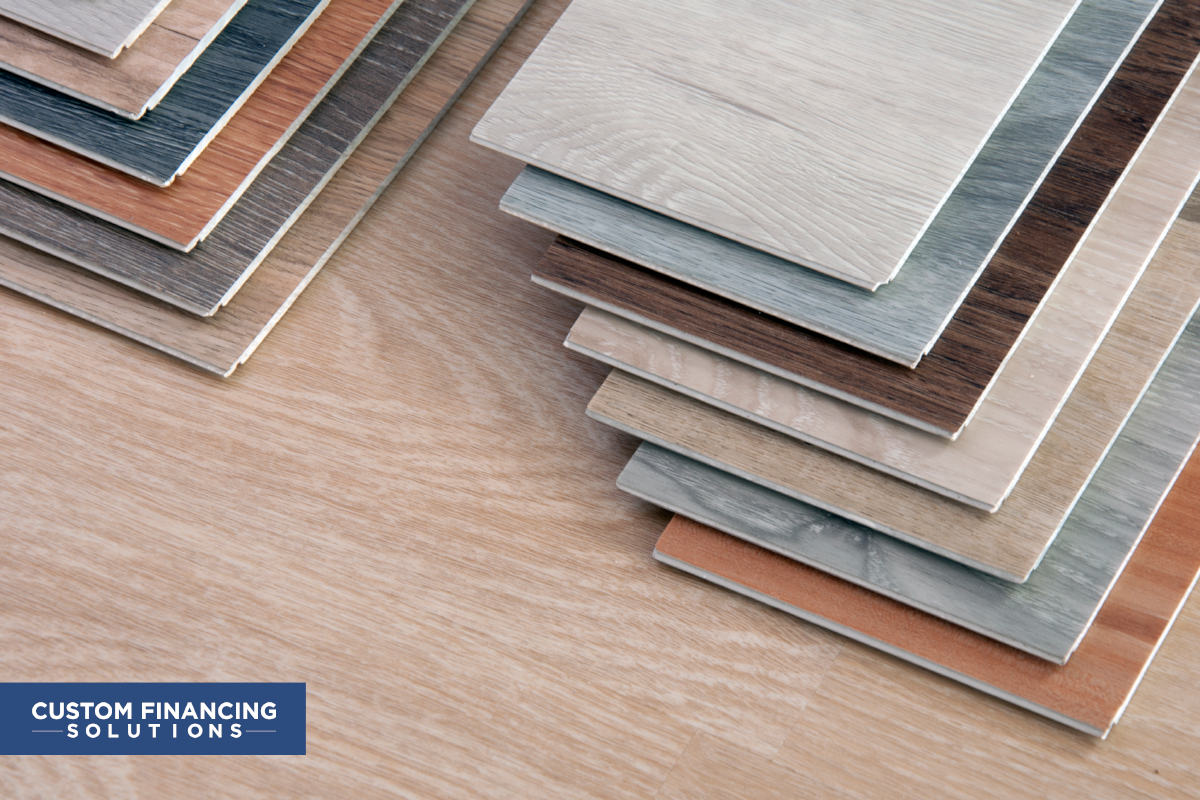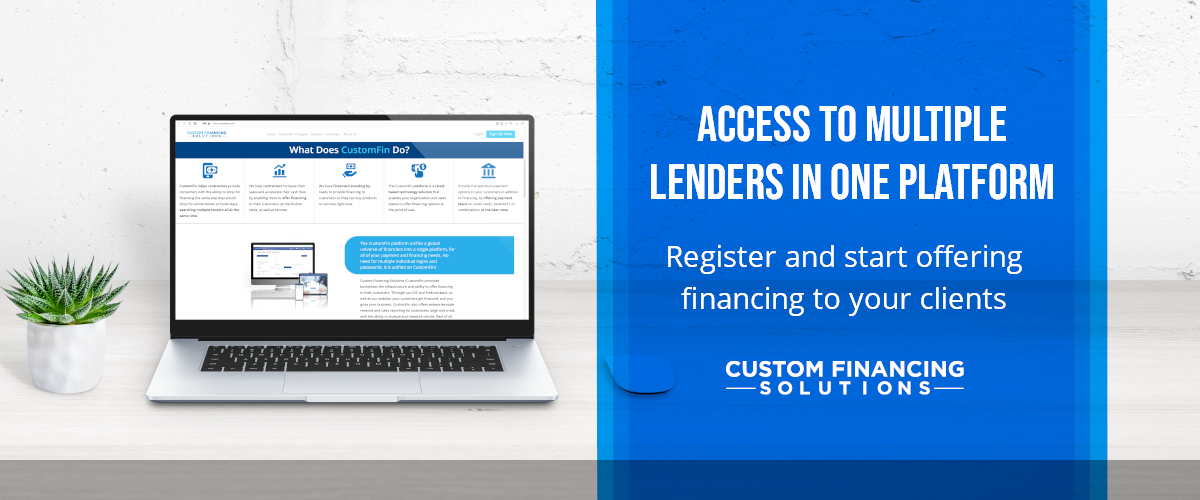The type of floor plays a big part in setting the tone of the room or a building. Manufacturers are working around the clock to cater to each category of buyers. This gives you many options for your clients to choose from.
The flooring materials come in many styles and colors. These also vary in durability and cost. All such factors should be considered before you choose one for your project & pitch it to your clients.
Let us go over some of the popular ones to give you a better idea.

Laminate Flooring
Laminates are a perfect, budget-friendly substitute for wood or stone flooring. They are made to mimic genuine hardwood, distressed wood, etc.
It is easy and quick to install. Moreover, it needs low maintenance.
On the downside, while it might look like wooden flooring, it does not hold an equal value. Also, repairing any piece is not possible, which means that any damaged piece would need direct replacement.
Vinyl Flooring
The vinyl flooring is another option that has found its way back into the market. They are durable, have many designs, are versatile, and, most importantly, are economically viable.
Because of its better durability, scratches are barely noticeable. Sold in rolls and tiles, it has become even popular with easy installation for DIY homeowners.
Real Hardwood Flooring
Nothing beats the originality of real hardwood flooring. Solid natural wood comes in many hues. It adds a fine and luxurious look to the room.
Hardwood floors need to be fixed with nails with the expertise of woodworkers. Working with wood flooring calls for the use of specific tools; here are must-have tools for woodworking contractors.
These floors are also susceptible to humidity, so make sure to not use them in bathrooms, kitchens, or for homes located in a moisture-rich environment.
Engineered Wood Flooring
If you love wooden flooring but live in a humid environment, engineered wooden flooring is a great option to explore.
It is made by compressing many pieces of wood under pressure with a heat process. This type of flooring is resistant to moisture.
Installation is simple, with both nailing down or fixing with glue as options. These don’t have the tendency to expand much so keep that in mind during installation. For maintenance, just make sure to avoid wax or soaps for cleaning; use wood cleaners and polishers to ensure a long life.
Glass Tile Flooring
This one is particularly best for the bathroom or the pool area but can be used indoors too. Glass tiles come in different sizes, and can be cut to fit any shape or design.
It is advised to go with smaller ones for the bathroom. You can also ask for slip-resistant tiles to avoid accidents.
The installation could prove to be a bit costly, but the result is surely worth those extra bucks.
While we sum up the most popular flooring options, there are many more options to choose from like bamboo, travertine tiles, etc. (less popular but worth giving a thought). Marble is another such option that adds a luxurious touch to your home but hasn’t gained popularity because of the high cost. If your client has the budget for it then it is worth suggesting. Here’s a quick guide to knowing which one is better for your client, wood, or marble flooring.
Many contractors offer their clients easy financing solutions to help move forward with their projects. If your client is facing the same problem, join us at CustomFin as we help you provide easy solutions to finance your clients.








[…] be removed with the classic broom and mop method. For smaller particles, you can use a vacuum too. Flooring type matters when you are choosing which method to use for […]
[…] it. They take two tones to match and how well you do it determines the looks of the area. From the flooring type to the cabinets and their handles, everything is color-coordinated with the others. There are […]